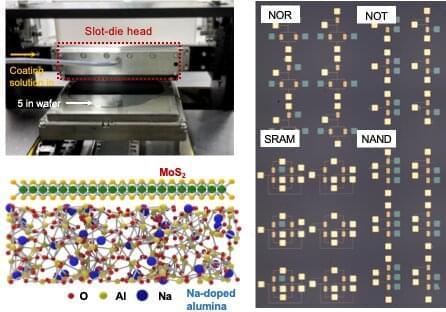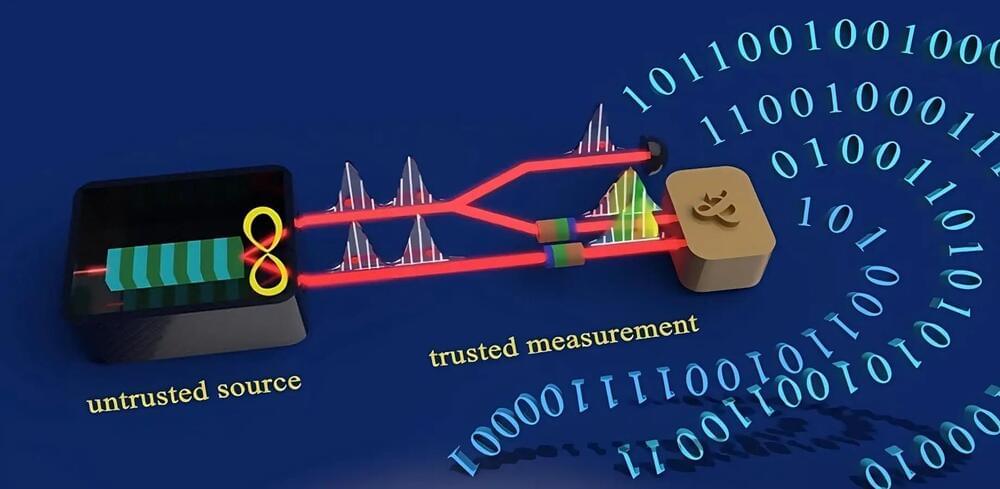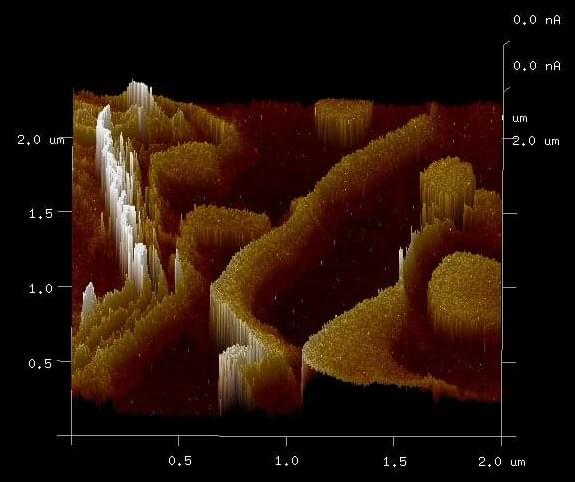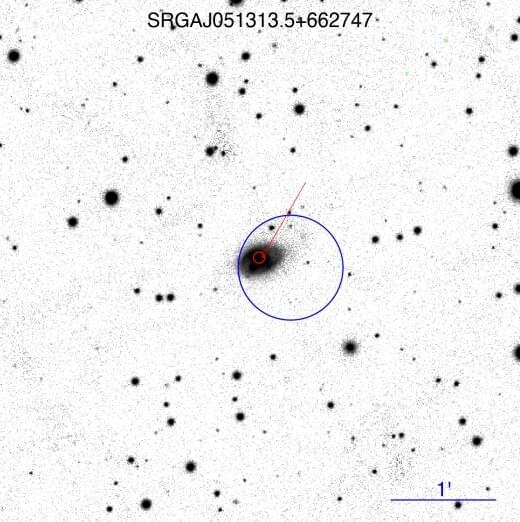Engineers have been trying to devise increasingly efficient and low-cost methods to fabricate electronic components and devices on a large-scale. Recently, some studies explored the possibilities of creating electronics using solution processing techniques, which involve the deposition of materials with electrical properties from a solution onto a surface.
Researchers at Yonsei University and Sungkyunkwan University in South Korea recently fabricated wafer-scale transistor arrays based on the inorganic compound molybdenum-disulfide using a solution processing method. Their paper, published in Nature Electronics, could contribute to enabling the large-scale and low-cost fabrication of next-generation electronics.
“We have been working on solution-processed 2D nanomaterials for scalable electronic applications for years, yet satisfying both electronic performance and scalability based on solution-based approaches has been very challenging until now,” Joonhoon Kang and Jeong Ho Cho, co-authors of the paper, told Tech Xplore.









